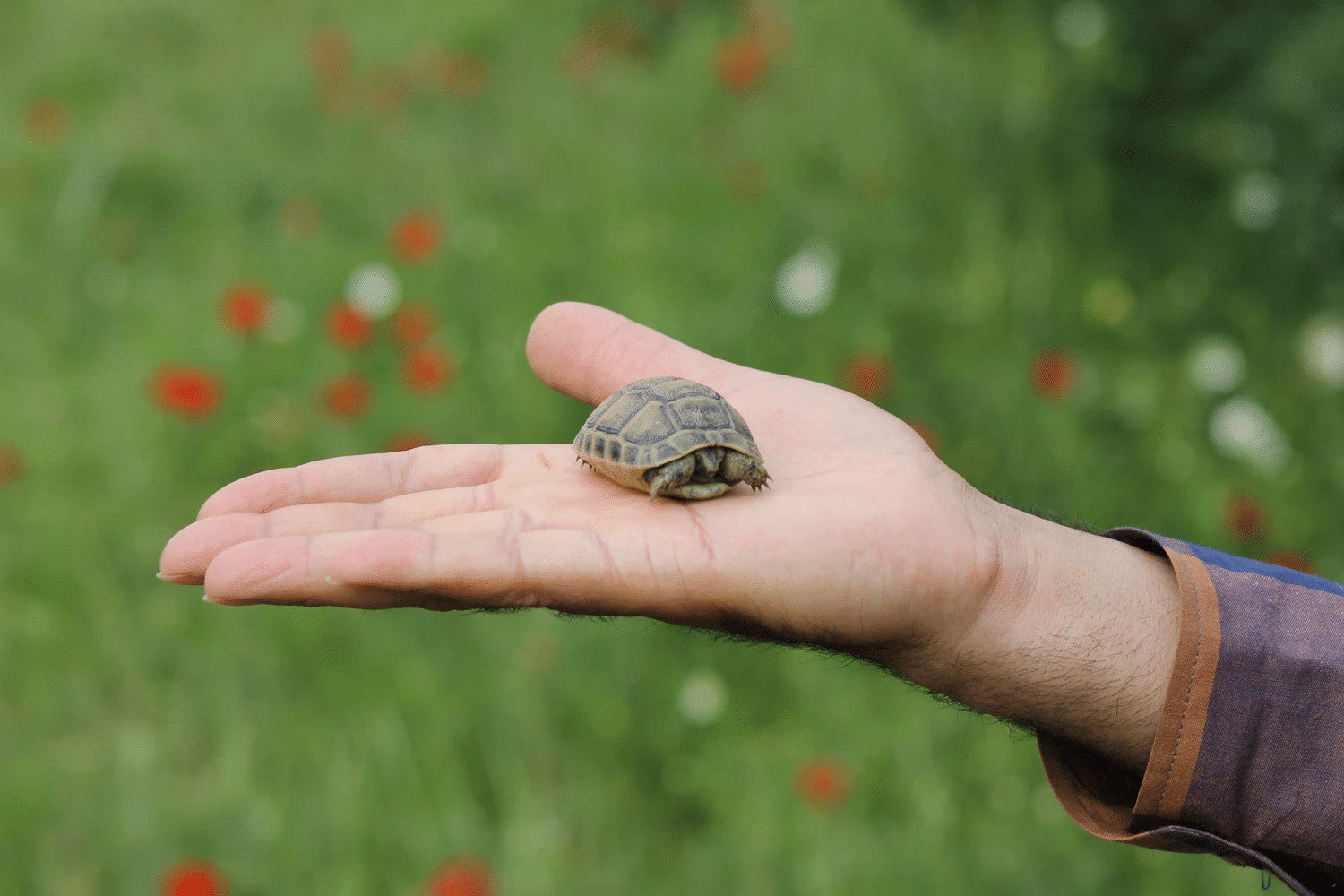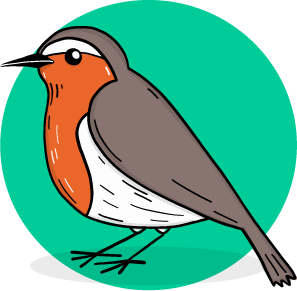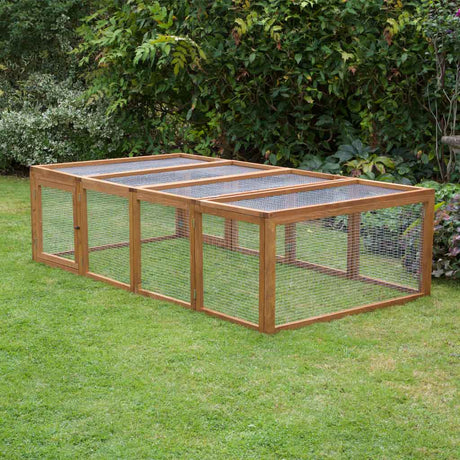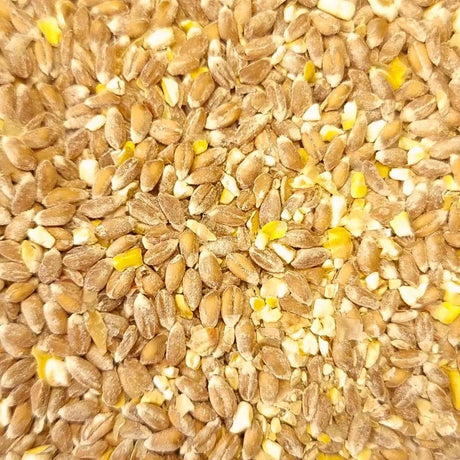The Egyptian tortoise (Testudo kleinmanni) is one of the most popular pet tortoises in the world and also one of the smallest. Their compact size makes them ideal pets for a tortoise table. So if you are thinking of getting an Egyptian tortoise, here's everything you need to know about their natural environment and lives, keeping them as a pet and how to ensure they live happy healthy lives.
Egyptian Tortoise Fact File
Common Names
The Egyptian tortoise (Testudo kleinmanni) is also commonly known as the Kleinmann’s tortoise or the Leith’s tortoise.
Lifespan
The average lifespan of the Egyptian tortoise is around 50 years old, but with the proper care they have been known to live between 70-100 years old.
Description
As one of the smallest species of tortoise in the world, and the smallest tortoise of the testudo species, the Kleinmann’s tortoise is highly recognisable due to their small size, domed shell, and light colouration.
The Egyptian tortoise measures between 8-10cm, with females often being slightly larger. Adult females are also considerably heavier in weight than males, sometimes confusing people into thinking they are a different species.

Testudo kleinmanni are noticeably light in colour and can range from a pale grey and ivory to a golden colour. However, more frequently, they are a dull yellow with dark brown rings around each scute.
If you turn your Egyptian tortoise upside down and take a look at the underside of their shell, you will see two chevron-shaped dark patches - one on either side. These triangular notches are only seen in the Egyptian tortoise and the marginated tortoise.
Their light colouration allows them to blend in with their surroundings and stay cool in the scorching sun; a dark-coloured tortoise would likely not be able to survive in the same conditions.
Habitat
Despite their name, the Egyptian tortoise is much more commonly found in Libya and is actually thought to be extinct in Egypt.
They favour the desert, semi-desert and scrub forest of northern Africa, and have evolved to withstand incredibly dry environments with very little rainfall; their small size and light colouration means that they are able to heat up and cool down quickly, depending on their needs.
Behaviours
The Egyptian tortoise is most active in the cooler parts of the day and can usually be observed foraging for food and browsing at dawn and dusk. In the hottest parts of the day, you are more likely to find them resting in the shade or in rodent burrows to keep cool.
Despite their dull yellow colour helping them to maintain their internal temperatures, the desert heat is often still dangerously high, even for this well-adapted species.
Diet
In their native habitat, Testudo kleinmanni do not have access to rivers, ponds, or even puddles, to drink water, due to the minimal rainfall. Therefore, they get their water from eating desert-dwelling plants such as cacti that make excellent water stores.
In times of food scarcity, the Kleinmann’s tortoise are forced to survive from food stores

Reproduction
Not much is known about their mating behaviours in the wild, but they are thought to become sexually mature around 5 years old, with females maturing later than males.
Unlike other species of tortoises, Testudo kleinmanni are not particularly aggressive during their mating season; the male will knock his shell against the female’s, urging her to stop, and then stand on his rear legs behind her to copulate.
The noises made during copulation have been said to resemble those of a pigeon or mourning dove, including high pitched calls and a rasping noise.
Females usually lay their eggs in the spring; they will have 2-3 clutches and will usually have just 1-4 eggs per clutch. Many tortoises will lay upwards of 20-30 eggs at a time, however, the eggs of the Egyptian tortoise are relatively large in comparison to the female’s body therefore only a few can mature at a time.
According to the IUCN red list, there are less than 8,000 individuals in the wild and their numbers are declining. This is not helped by their small clutch size and high mortality rate.
Conservation Status
The Egyptian tortoise (Testudo kleinmanni) is the most endangered species of tortoise in the world and is threatened with extinction. The IUCN red list has listed their status as critically endangered, with them being nearly extinct in Egypt.
It has been illegal to trade Egyptian tortoises since 1994 when they were added to the CITES Appendix 1 list. Since then, there have been captive breeding efforts to manage a healthy population in the hopes of boosting their numbers in the wild and avoiding extinction in Libya, too.
The trade of these tortoises in the UK is monitored to ensure that they are all bred ethically and legally so as not to aid their decline.
Threats
One of their main threats is habitat loss due to habitat destruction; their native habitat is often used for farming which results in overgrazing by sheep and goats, leaving little food for the tortoises to survive.
They are also a victim of the illegal pet trade and, when they first became popular as pets, many Egyptian tortoises were taken from the wild in Egypt. Even now that they are protected, they are still removed from their natural habitat and sold illegally across the world.
Keeping an Egyption Tortoise as a Pet
As with all captive reptiles, tortoises have specific requirements needed to remain healthy and happy, and this species is no different.
Enclosure Size
Due to their small size and preference for a dry habitat, a tortoise table is a perfect enclosure for the Egyptian tortoise. These Mediterranean tortoises require a minimum of 4 squared feet, but be prepared to upgrade if you choose to have more than one.
As the smallest tortoise in the northern hemisphere, you shouldn’t have to upgrade their space, even when fully grown, but we recommended mixing up their exhibit to encourage natural exploratory behaviours.
While you can have a custom-made tortoise table made, you should be able to purchase one ready-made in a suitable size.
They are not known to climb like other species, so a wall height of 8” should be sufficient. Just make sure not to place any furnishings near the edge which could facilitate their escape.
We do not recommend keeping this small tortoise species in an outdoor enclosure as they require a constant temperature to remain healthy, and their miniature size makes them vulnerable to predation.

Habitat Setup
There are many things you need to consider when creating an environment for your critically endangered Egyptian tortoises. Here’s what you need to know.
Substrate
Egyptian tortoises naturally live in low-humidity environments so you’ll want to choose a substrate that does not retain too much moisture. You can opt for sand, soil, or even special wood chips, although you will need to find something that is tortoise-friendly and will not be dangerous if they ingest small amounts.
As they are often found in rodent burrows when it gets too hot, you should provide enough substrate that will let them perform their natural behaviours of digging and hiding. Usually 2-3 inches is sufficient, but you should provide more if you think that your female Egyptian tortoise is ready to lay eggs.
Some tortoise keepers may choose to use grasses and hay as a substrate which works well for other species but this is not recommended for Egyptian tortoises as it can stay damp and cause problems.

Lighting
They experience 10-14 hours of light a day in the wild therefore you aim to provide a similar amount of UVB lighting in their tortoise table. UVB light is essential for Egyptian tortoises to synthesise vitamin D which, in turn, enables them to metabolise calcium which is vital for their growth, development, and immune function. Without the correct source of lighting, your tortoise can suffer from metabolic bone disease which can be a dangerous condition if it is not caught early.
Heat
In terms of heating, they should have a maximum basking temperature of 35 C and a minimum of 20 C, which is acceptable at night and in their shaded areas.
Egyptian tortoises are known to be sensitive to temperature change so you should endeavour to maintain their indoor temperature gradient at a healthy level. You can purchase thermometers, thermostats and temperature probes to monitor the enclosure temperatures and make sure they are at a comfortable level. At first, it’s best to check the temperatures several times throughout the day to check for any undesirable fluctuation.
You should also take note of the room that your Egyptian tortoises are kept in, as draughts or radiators can have quite a drastic effect on the conditions in your tortoise table.
Humidity
Although a desert species, their natural coastal habitats experience some humidity which can be replicated by a light misting a few times a week. If your tortoise table is located near a radiator then it may dry out quicker, in which case you should mist more frequently.
You can buy a hygrometer that can monitor the humidity of your indoor enclosure. The optimum humidity for this Mediterranean tortoise would be between 20-30%.
You can spray inside their shelters to make them a little damp and replicate the conditions inside a burrow, but don’t saturate the soil and risk them getting sick.
Furnishings
Plants are always a nice touch to a tortoise enclosure but it is important not to include any that are toxic. If you do include edible plants, then make sure to monitor how much your tortoise is eating so you can be sure to provide a balanced diet.
You can also provide small logs for them to hide in and shelter boxes if a portion of their tortoise table is not covered.
Additional furnishings like scattered rocks and bark will break up the space, encourage them to explore, and reduce the chances of them getting bored. A bored tortoise can become unhealthy and will often result in a stressed and malnourished pet.
Water
Despite being a desert species, Egyptian tortoises in captivity are still sensitive to dehydration therefore should be given access to fresh water within their enclosure. Provide several shallow water bowls that they can easily move in and out of.

Care Routine
Each species of tortoise will have different requirements depending on its natural behaviours and habitat.
Bathing
Carrying on from their need for water, Egyptian tortoises should also be bathed several times a week. This will not only give them the opportunity to drink but to also take in water through their cloaca.
The water should be deep enough that it goes just above the bottom of their shell and it should be lukewarm in temperature. Tortoises cannot swim so make sure it is not too deep that their head cannot stay above the water. As a small tortoise, this isn’t very deep at all so be careful not to overfill it!
Hibernation
Egyptian tortoises do not hibernate so you don’t need to worry about preparing them for brumation or anything similar.
Be sure that the temperature remains stable all year round and you shouldn’t have anything to worry about.
Diet
The coastline habitat of Libya, where Testudo kleinmanni resides, features intermittent grasses and shrubs for them to eat when it is available. While there are periods of time when these tortoises would not eat for several days in the wild, in captivity you should provide them with fresh food every day so as not to induce stress. A hungry tortoise will get stressed looking around their enclosure for food so always make sure to provide a balanced diet that is readily available to them.
There are many specially formulated pellet diets that are recommended for Egyptian tortoises; they will have feeding requirements on the box depending on the brand of food as well as the species and age of your tortoise.
You can also supplement their diet with grasses, fruits, and vegetables but do so in moderation to avoid obesity. From plants you can find in your garden to fruits you can buy at the supermarket, here are some foods that you can feed your Egyptian tortoise:
- Curly kale
- Dandelion leaves
- Clover
- Watercress
- Leafy salads
- Red peppers
- Hibiscus flowers
- Carrot
- Banana
- Strawberries
You can display their food in a small, shallow bowl, or scatter it throughout the enclosure in different areas to encourage them to forage. If you choose to scatter their food, consider which substrate you use and if this method of feeding will mean they will ingest an unhealthy amount of sand or soil. Eating too much substrate can cause impaction in your tortoise which can be fatal if not treated.
Even with a pellet diet, most tortoises will require additional calcium and/or vitamin D supplements. These can be bought in powder form and sprinkled over the food several times a week, depending on what else your supplement contains.
Health
As with all tortoises, Egyptian tortoises can suffer from various health issues in captivity, however, these are most often due to poor diet or an unsuitable environment. With the correct care, many health problems are avoidable.
- If the humidity inside their enclosure is too high or the substrate is very wet, your Egyptian tortoise can develop respiratory infections.
- Without the proper supplements or sufficient UVB light, metabolic bone disease is something that can be damaging to your tortoise well into the future.
- If you house several Egyptian tortoises together then you may notice small wounds if your males become aggressive around mating season.
- Although a desert species, Egyptian tortoises can still become dehydrated so if they have sunken eyes or seem lethargic, you should consider taking them to the vets.
If you observe your Egyptian tortoise regularly, take note of their eating habits, and have a look at their poop and urates, it will be easy to notice if there is anything wrong with your shelled pet, and if there is anything to worry about.
Not all veterinarians are equipped to care for exotic species so make sure that you are registered at a vet that can address any health issues that may occur. If your Egyptian tortoise begins to show signs of illness then do not hesitate to call a vet and ask for advice.

Temperament
The Egyptian tortoise is known to be mild-tempered and non-aggressive, making them a great pet to have around. Despite this, they do not enjoy being handled so you should try not to do this frequently as it can make them a little grumpy and stressed. As we have mentioned before, a stressed tortoise can often result in an unhealthy tortoise so try to refrain from picking them up unless it is completely necessary.
They are very inquisitive tortoises so we are sure you will have lots of fun watching them explore and interact with their environment.
Buying an Egyptian Tortoise
As these desert tortoises are critically endangered and victims of the illegal pet trade, you need to be careful where you purchase your Egyptian tortoise. Make sure it’s from a reputable breeder and your new best friend hasn’t been taken directly from the wild.
Life with Egyptian Tortoises
Almost extinct and with some very specific needs, the Egyptian tortoise is not the easiest to keep but is a very rewarding pet to have. As one of the most common species of pet tortoise, there is lots of information you can peruse regarding their needs so you should.
Make sure you observe their normal behaviours so you can identify if there is anything wrong, and always check the toxicity of different foods and plants before putting them inside the enclosure.
Now you know all about this semi-desert species you should be confident in setting up their enclosure and providing them with everything that they need! As the smallest tortoise in the northern hemisphere, you’ll never get tired of their miniature size and chilled personality.









1 comment
Är mycket intresserad av att köpa en mini sköldpadda. Har läst allt ni har skrivit och förstår att det inte är lätt. Kan man resa med dom? En sköldpadda eller en ödla, tänker jag. Haft många katter. Låt mig veta och tack så mycket! Mvh, Christina